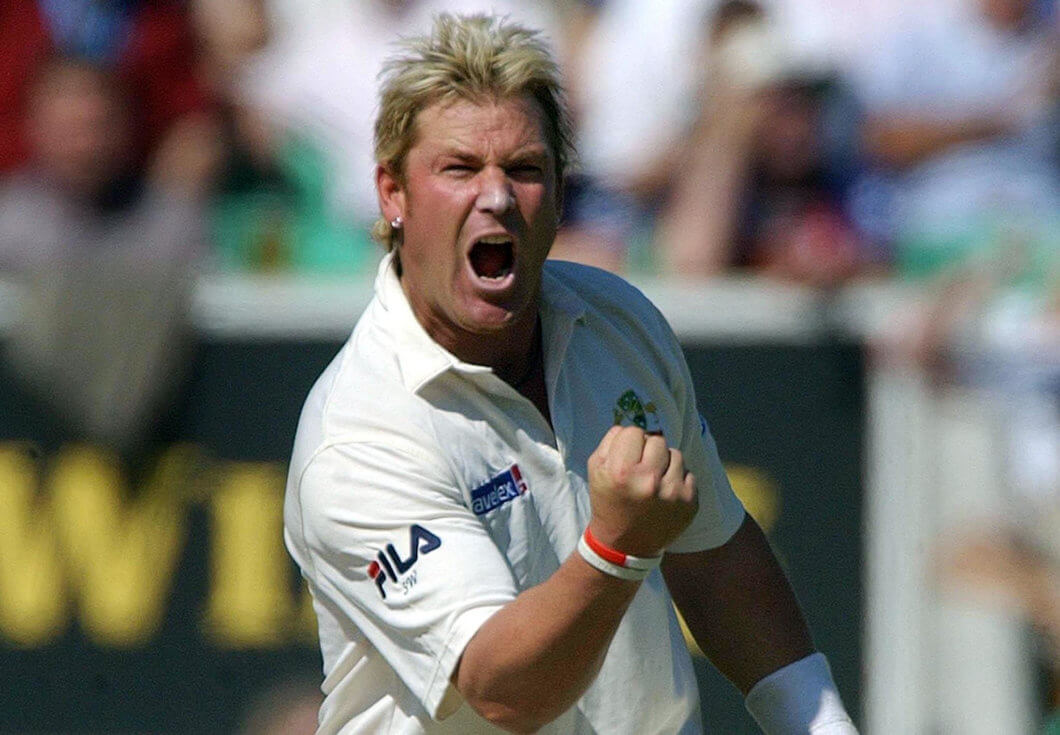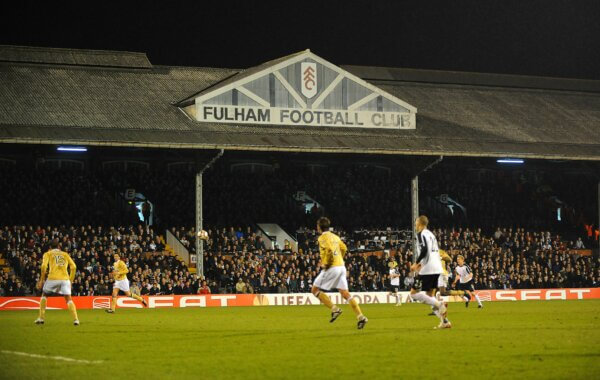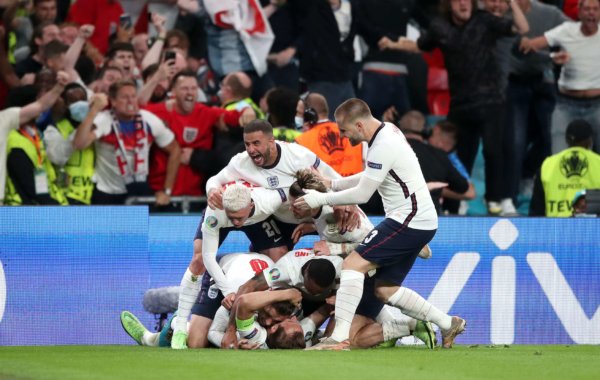England’s nemesis, my mate.
Goodness, there is so much we will miss about Shane Warne. He was very funny, and great fun. He was naughty but in the best sense, and smart, in the streetwise sense. He made people happy, which is a gift, and he made people stronger with his support and counsel. He was generous and would put himself up for auction at charity events. “An hour’s coaching at Lord’s with Shane Warne for ten people” would sell for shedloads. He’d meet the buyers, charm them utterly, and do double the time with the group they sent along – often longer if they were enthusiastic kids.
He had friends in high places and friends from the sticks. He learnt to play tennis on the court in Bob Hawke’s backyard and, years later, fired up the pizza oven for Chris Martin and Ed Sheeran to have chill nights in his own backyard; Michael Parkinson and Tim Rice took him out for lunch at the Ivy; Coldplay called him on stage to sing with them during a sell-out concert in Melbourne.
At Sunningdale Golf Club one day, Sean Connery heard Warnie was putting out on the 17th green and stayed behind an extra 15 minutes just to meet him. He hung out with Dannii Minogue and Jemima Khan and became engaged to Elizabeth Hurley. On Twitter, Mick Jagger mourned his passing.
He completely adored his parents, Keith and Brigitte, was a loyal brother and friend to Jason, and doted on his three children. Wonderful husband he may not have been, wonderful father he was. The Warnes are a fine family. It hurts deeply to think of their pain. Frankly, he has left a lot of folks in pain. He gave so much and had so much more to give. Bloody hell, how we will miss him.
So will the tables. He played high-level poker, risked high-level stakes at the roulette wheel, and liked nothing more than a punchy unit or two on the golf course. Each year, his great joy was an invitation to the Alfred Dunhill Links Championship in Scotland, and last October he had a run of birdies that saw him fall only a shot short of winning the amateur event with his professional partner Ryan Fox. I promise that had he done so, he would have regarded it as a pinnacle alongside the Ashes.
He believed implicitly that attack was the ultimate answer to defence.
He had become a terrific commentator, listening and learning from others and applying his remarkable cricketing intelligence to the stories he was telling. He liked cricket kept simple; he loved the game to fizz and to sparkle, and he believed implicitly that attack was the ultimate answer to defence.
He made cricket cool and those around him happy. It seems barely believable that the Warne smile is no more. By 52 years of age, he’d had a hell of a run, living five, maybe ten lives or more. Every day, in every place, the magic appeared in one form or another and you just had to be lucky enough to be there and have it rub off on you. It’s gone now, but better to have loved and lost than not to have known him at all. There will never be another.
Mostly, he was a man of popular culture, but his take on it was rooted in the tradition and memories of the past. No one had better manners nor offered more polite answers to seemingly endless requests – appearances, autographs, selfies, interviews, and functions – while always guarding cricket’s history and conscience.
He was cricket and he was rock ’n’ roll too; he was the best of sport and the core of aspirational dreams. He fed us the oxygen of the game in the most engaging and fascinating ways, changing perception, inviting debate, encouraging enthusiasm, breathing hope and never surrendering. We owe him so much.
‘What’s the key to being a good leg-spinner, Warnie?’ was the question. ‘A lot of love’, came the answer.
“What’s the key to being a good leg-spinner, Warnie” was the question. “A lot of love,” came the answer. “What’s the art of leg-spin, Warnie?” To which he would reply: “The creation of something that isn’t there, mate.”
It was my privilege to know him well and to frequently stay with him in Melbourne, in the various houses he loved to trade. I was with him at home in December 2003 during the ban for the diuretic pill he took just prior to the World Cup in South Africa earlier that year. After the first night, I woke early but there was no sign of him. He walked through the door at 7.30-ish, clad in tracksuit and trainers.
“Been for a run?”
“No mate, been having a bowl at an indoor school out on the edge of town.”
“But you’re not allowed to.”
“I know. Wanna come with me tomorrow and have a hit?”
“Sure.”
Later that day, after tennis (at which he was damn good, by the way), I asked him about these early mornings. He said he knew the fella who ran the indoor school and talked him into opening up at 6am so he could bowl for an hour a couple of times a week before anyone else in Melbourne had put the kettle on. The place was locked up again by seven and first arrivals weren’t till eight. For one period of his life, at least, he flew under the radar, albeit reluctantly, for it was during this forced sabbatical that Kerry Packer told him to lie low awhile and sell the red Ferrari. So he did. And bought a blue one.
“Did you sell the red Ferrari, son?”
“I did, Kerry.”
Anyway, back to the indoor school. A handkerchief to aim at was OK, but a batter was better, and by great good fortune, that man with the willow was me. I borrowed his kit and padded up. As I write, I’m trying to imagine myself there – more than 18 years ago – nervous as a kitten. When Hampshire played the Australians in 1993, he was rested (well, he wasn’t at the game!), so I had never faced him.

The first thing that struck me was the aura, even at the start of his eight-pace shuffle and approach. I remember the rhythm of the approach, the power of the delivery stride and the symmetry of the action. I remember the flight of the ball and the hardness as it hit the bat or body: they say some seamers bowl a “heavy” ball; so did Warne. I remember the revolutions, the high bounce off the hard synthetic surface and the need to react quickly and definitively.
I was surprised at how fast he bowled and how, when he bowled “up” (above the eyeline), the ball dipped at the last second and panicked the response. The ball hit the splice a lot and sent a fizzing sensation up the handle and into the bottom hand, so I adapted at each session by playing softer and softer, later and later.
He hit the pad so often it was a joke – that slider! He even tried a few flippers, the stuff of gold. I mainly blocked because there were so few bad balls, occasionally slogged over wide mid-on and cut backward of point a bit. One or two drives, straight and through mid-off, were highlights. This was a kingdom of days, Warne and me, cutting it as the dawn broke in his home town.
I very well remember marvelling at the level of skill in what he did and the power with which he did it. I saw at first-hand how the 10,000-hour theory rolled out. He was astonishingly gifted at something extremely difficult, and he knew it. He practised relentlessly to perfect it and rejoiced in taking it to the world.
Here is a passage from his autobiography, No Spin, which I wrote with him: “The art of leg-spin is creating something that is not really there. It is a magic trick, surrounded by mystery and aura. What is coming and how will it get there? At what speed, trajectory and with what sound? How much flight swerve, dip and spin and which way? Where will it land and what will happen? There is no bowler in the history of the game that a decent batsman couldn’t pick if he watched the hand, so a leg-spinner must unsettle that batsman. Every leg-spinner gives the batsmen a clue, some just disguise it better than others. Leg-spinners cannot create physical fear, in the way fast bowlers can, so leg-spinners look to confuse and deceive.”
There was something elemental about Warnie, like the wind and the rain, or the sun. He could be a wild and unpredictable ride, or a warm and kindly neighbour. He brought things into our lives that were unique, and he illuminated the spaces we occupied; none of us would suggest that we were anything but lucky to stand in that light. It wasn’t quite exclusively his world in which we lived, but it wasn’t far from it.
Mark Nicholas is a TV and radio cricket presenter and commentator.









